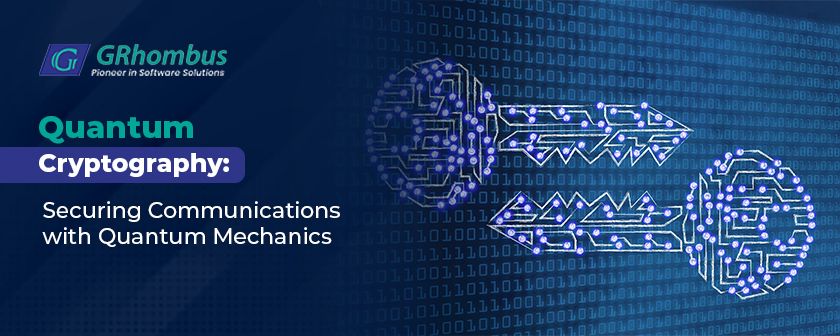In an era where digital surveillance is pervasive, and data breaches are commonplace, the importance of privacy-preserving technologies cannot be overstated. These technologies are the bulwarks safeguarding our sensitive information from unauthorized access and misuse. This blog delves into the mechanisms of privacy-preserving technologies, explores their significance in the modern digital landscape, and offers insights into how individuals and organizations can leverage these tools to protect sensitive data.
Understanding Privacy-Preserving Technologies
Privacy-preserving technologies encompass a broad range of tools, methods, and strategies designed to protect individuals’ personal information and organizational data from being disclosed, stolen, or misused. These technologies enable the analysis and processing of data while ensuring the privacy and security of the data subjects. They are crucial in fields such as healthcare, finance, and social media, where handling sensitive information is routine.
Key Privacy-Preserving Technologies and Their Applications
- Encryption: At the core of privacy-preserving technologies is encryption, which secures data by converting it into an unreadable format that can only be deciphered with a unique key. Encryption is vital for securing communication channels, protecting data at rest, and ensuring data privacy in cloud services.
- Differential Privacy: Differential privacy is a technique that adds noise to datasets to prevent the identification of individuals within the data, making it possible to share information while preserving individuals’ privacy. It is extensively used in data analytics and machine learning to glean insights from data without compromising privacy.
- Homomorphic Encryption: This advanced encryption method allows for computations on encrypted data, producing an encrypted result that, when decrypted, matches the result of operations performed on the plaintext. It enables the processing of sensitive data in encrypted form, ensuring data privacy even in third-party environments.
- Secure Multi-party Computation (SMC): SMC is a cryptographic protocol that allows multiple parties to jointly compute a function over their inputs while keeping those inputs private. It has applications in secure voting systems, private bidding, and collaborative data analysis without revealing individual data points.
- Zero-Knowledge Proofs (ZKPs): ZKPs enable one party to prove to another that a statement is true without revealing any information beyond the validity of the statement itself. This is used in cryptocurrency transactions and digital identity verification to ensure privacy and security.
The Significance of Privacy-Preserving Technologies
In the digital age, data is a valuable commodity. However, the collection and analysis of data often pose significant privacy risks. Privacy-preserving technologies play a critical role in mitigating these risks by enabling the secure handling of data. They provide a foundation for trust in digital platforms, ensuring that users’ data is protected and that organizations can comply with privacy regulations like GDPR and CCPA.
Implementing Privacy-Preserving Measures: Best Practices
- Adopt a Privacy-by-Design Approach: Integrate privacy-preserving technologies from the outset of system design and development to ensure that privacy is not an afterthought but a fundamental component of the digital product.
- Stay Informed About Regulatory Requirements: Be aware of and comply with privacy laws and regulations relevant to your industry and region. This includes understanding how privacy-preserving technologies can help meet these requirements.
- Educate Stakeholders: Raise awareness among employees, customers, and partners about the importance of privacy and the role of privacy-preserving technologies in protecting data.
- Regularly Audit and Update Security Measures: Technology and threats evolve, so it’s crucial to regularly review and update privacy-preserving measures to ensure ongoing protection against new vulnerabilities.
Conclusion
As surveillance technologies become more sophisticated and data breaches more frequent, privacy-preserving technologies are our best defense in protecting sensitive information. By understanding and implementing these technologies, individuals and organizations can navigate the digital world with confidence, knowing their data remains secure and private. In the future, as we delve deeper into the digital age, these technologies will not only become more sophisticated but also more integral to our daily digital interactions, reinforcing the foundation of trust that our digital society relies on.



